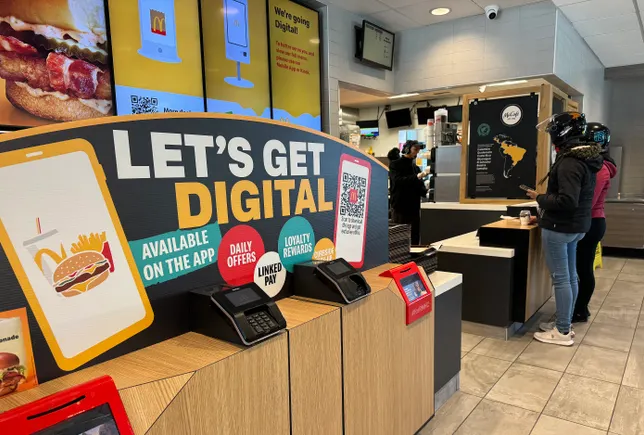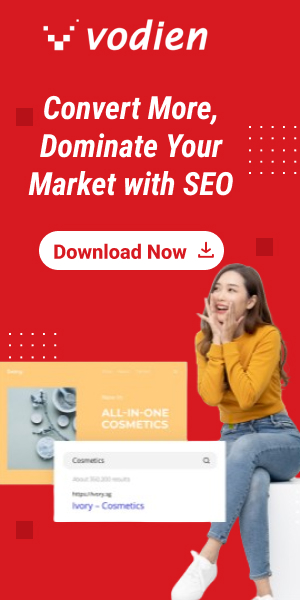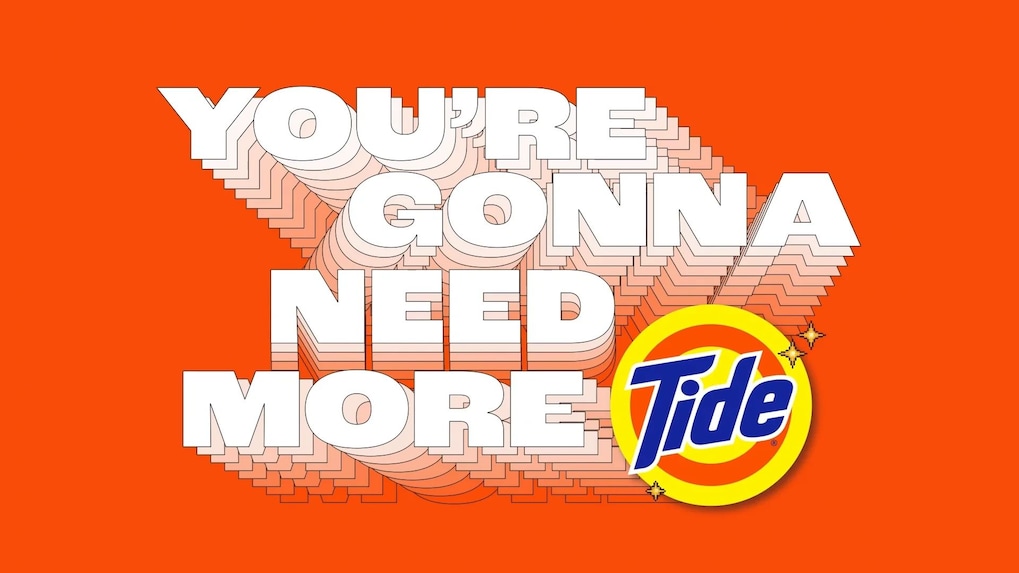Are you looking to improve your website’s search engine optimization (SEO) and drive more organic traffic to your site? One effective strategy you can employ is using different types of content links. Content links not only help users navigate your website but also enhance its visibility in search engine results. In this article, we will explore the various types of content links and how you can leverage them to boost your SEO efforts.
1. Internal Links: Strengthen Your Website’s Structure
Internal links are hyperlinks that point from one page on your website to another page within the same domain. These links help users navigate through your site and distribute the link authority throughout your webpages. By strategically including internal links in your content, you can strengthen your website’s structure and improve its rankings in search engine results.
For instance, if you have a blog post about “How to Choose the Perfect Running Shoes,” you can add internal links to related articles on your site such as “10 Tips for Running Beginners” or “Best Running Trails in Your City.” Not only does this enhance user experience by providing additional information, but it also signals to search engines that your content is relevant and comprehensive.
2. External Links: Build Credibility and Authority
External links, also known as outbound links, are hyperlinks that point from your website to another website. When used appropriately, external links can help build credibility and authority for your site. By linking to reliable and reputable sources, you are showing search engines that you have done your research and are providing valuable information to your readers.
For example, if you mention statistics or data in your blog post, you can link to the original research study or source. This not only helps support your claims but also allows readers to delve deeper into the topic if they wish. Search engines reward websites that provide helpful and trustworthy information, so using external links strategically can benefit your SEO efforts.
3. Backlinks: Earn Trust and Improve Rankings
Backlinks, also known as inbound links, are hyperlinks that point from another website to your website. Backlinks are important for SEO because they help search engines evaluate the credibility and relevance of your site. When other websites link to your content, it signifies that your website is trustworthy and valuable.
Earning backlinks can be challenging, but there are several strategies you can employ. Creating high-quality and shareable content is the first step. When you publish informative and engaging content, other websites are more likely to link to it. You can also reach out to other website owners and influencers in your niche and ask them to link to your content. Building relationships and providing value to others can increase the chances of earning valuable backlinks.
4. Image Links: Optimize Your Visual Content
In addition to textual content, utilizing visual content on your website can significantly enhance the user experience. Image links are hyperlinks that are attached to an image. By optimizing your image links, you can improve your website’s SEO.
When including images on your website, make sure to use descriptive alt text that contains relevant keywords. This helps search engines understand the content of the image and improves your chances of ranking in image search results. You can also add image captions and include image links that lead to related articles or product pages. This provides additional context and encourages users to explore more of your website.
5. Anchor Text Links: Improve Keyword Relevance
Anchor text links are hyperlinks that are embedded within specific words or phrases in your content. When search engines analyze anchor text, they consider it as a ranking factor. You can use this to your advantage by using anchor text links strategically to improve keyword relevance and increase the visibility of your website in search results.
For example, instead of using generic anchor text like “click here” or “learn more,” you can use descriptive anchor text that includes your target keyword. Let’s say you have a website selling organic skincare products, and you want to drive traffic to your product page for “natural face cleanser.” Instead of using “click here to buy,” you can use “shop our collection of natural face cleansers.” This not only improves the user experience but also signals to search engines the relevance of your content.
In conclusion, using different types of content links can greatly enhance your website’s SEO. By strategically incorporating internal links, external links, backlinks, image links, and anchor text links, you can improve your website’s structure, build credibility, earn trust, optimize visual content, and improve keyword relevance. Remember to provide value to your users and create high-quality content that encourages others to link to it. Implement these tactics consistently, and you will gradually see improvements in your website’s organic search rankings.












Leave a Reply